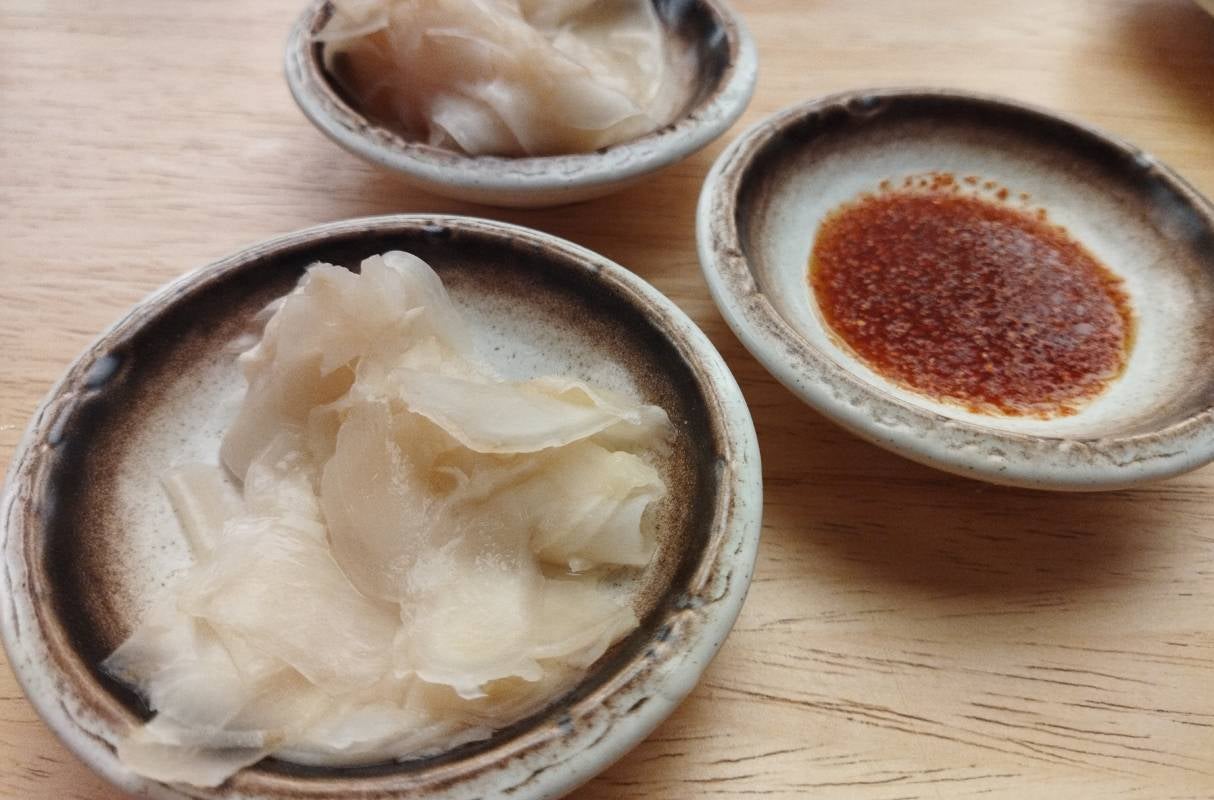Soy sauce is an ancient condiment that has stood the test of time, finding its way into kitchens and cuisines across the world.
Originally created in China thousands of years ago, soy sauce has evolved into countless varieties and spread throughout East and Southeast Asian cooking. It’s called jiangyou in Mandarin, shoyu in Japanese, ganjang in Korean, and kecap manis in Indonesian.
Despite the variations in name and flavour, they all share the same main ingredient: soybeans. The diversity of soy sauces can be overwhelming, with each country offering its own range of dark, light, and sweet varieties, each with different flavours and levels of intensity.
With so many types available, knowing which one to use in a recipe can be challenging. To help, here’s a complete guide to the various types of soy sauce and how to use them.
Japanese soy sauces
Japan produces some of the world's highest quality shoyu – Japanese-style soy sauces. Artisanal soy sauces take months, even years, to age in barrels and can cost up to $150 a bottle. When the brewing method was introduced to Japan, the recipe was adjusted to use an equal ratio of soybeans and wheat, resulting in a soy sauce with a sweeter flavour profile. There are five main categories of Japanese soy sauce: koikuchi shoyu (dark soy sauce), usukuchi shoyu (light soy sauce), tamari shoyu, shiro shoyu (white soy sauce), and saishikomi shoyu (twice-brewed soy sauce).













